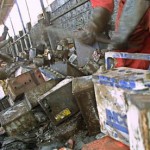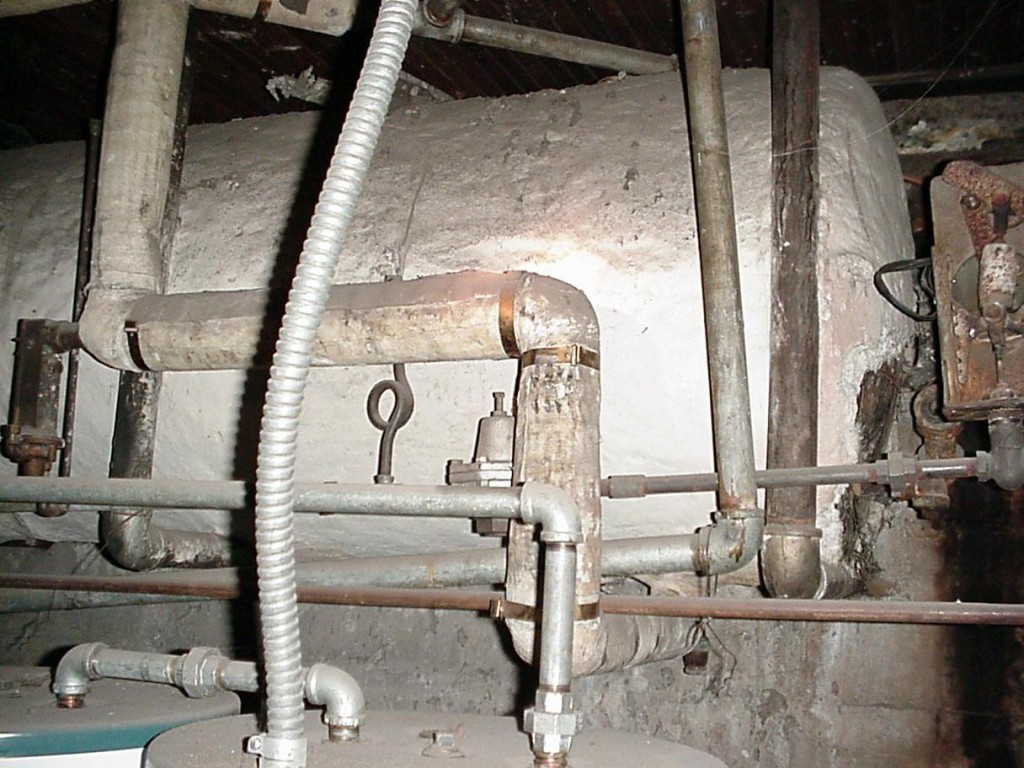Thu 7 Nov 2013
Now for a “best case” scenario
Posted by admin under Air Monitoring, Asbestos, Behavior Based, Building Survey, Ethics, Exposure, Hazard Communication, Management, Risk, Safety Policies, Uncategorized
Comments Off on Now for a “best case” scenario
I previously wrote about a worst-case scenario in which asbestos was not discovered till after it was disturbed.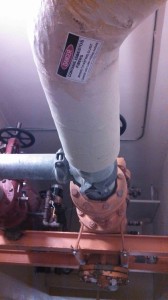
Recently I heard a story of the opposite:
A general contractor hired a company to remove various pieces of asbestos. They had obtained an asbestos building survey, which clearly stated where the  asbestos was located. A boiler with surrounding insulation was identified as non-asbestos containing (asbestos-free). The employee was using a bobcat to demolish the boiler. As he started to tear into the insulation surrounding the boiler (disturb it), he paused. He checked the building survey again, and it had clearly stated it was “asbestos free” (actually 5 samples had been taken of the insulation around the boiler). Then, he did what most other people would not do: HE REFUSED to demo the insulation. He told the General Contractor and owner he thought it was asbestos containing and wanted it tested, AGAIN.
Guess what they found? Yep. Asbestos WAS contained inside the insulation around the boiler.
There was obviously some break-down in communication with the report, inspector, and possibly the lab.  However, this employee is to be commended and, really, the safety culture at this company should be congratulated. You never know where you will find asbestos.  The employee had enough guts to speak up for his safety (and for the others).
Measuring good-safety behavior is the type of thing we should reward. In the past (and still today) many safety-people measure losses ( ie. how many injuries). This is backwards thinking. We should be rewarding good behavior and encouraging people to speak up for safety.
For example; what do you say to this guy?
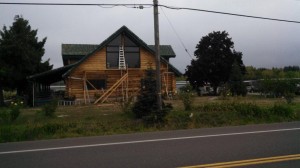
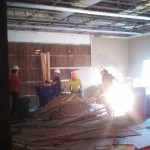
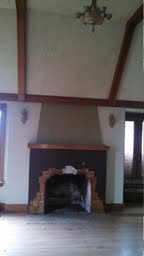
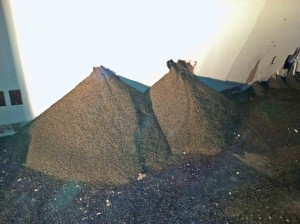
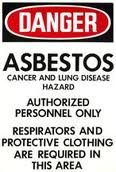
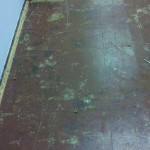 In contrast, a remodeling company installing a floating laminate hardwood over asbestos 9×9 inch tiles (without damaging them) is [probably*] NOT causing airborne releases of asbestos.
In contrast, a remodeling company installing a floating laminate hardwood over asbestos 9×9 inch tiles (without damaging them) is [probably*] NOT causing airborne releases of asbestos.